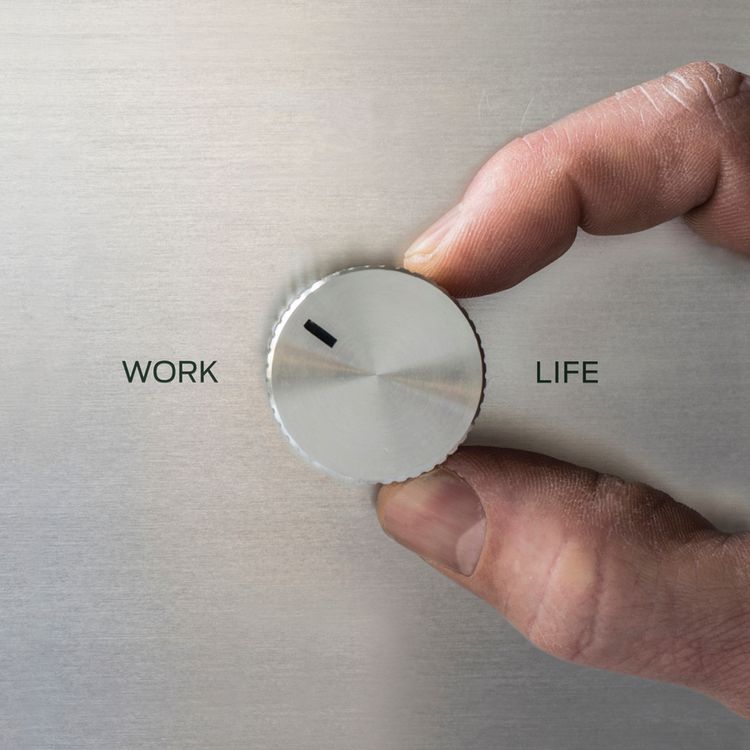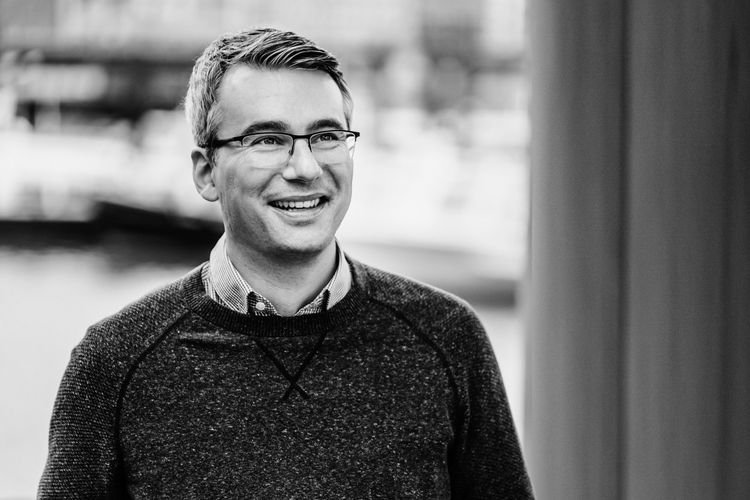Book Review - Building a Second Brain

Building a Second Brain
A Proven Method to Organise Your Digital Life and Unlock Your Creative Potential, by Tiago Forte, fortelabs.com, @fortelabs
Published: 2022
Pages: 272
How did I come across the book?
Back in 2008, I started to use Evernote for all kinds of notes; from links, programming snippets, and meeting minutes, to to-do lists. While I took almost 6,000 notes during that time, it was never that “organized”. The number of notebooks and tags simply grew and grew. Other tools came to the market and last year, I switched to Notion. Around that time I came across the launch of Tiago’s book in my Twitter feed and immediately pre-ordered it. I was in no way disappointed! I learned that the goal is not a perfectly organized system, as it wouldn’t be used, but a system that works for me personally.
The truth is, any system that must be perfect to be reliable is deeply flawed. A perfect system you don't use because it's too complicated and error prone isn't a perfect system - it's a fragile system that will fall apart as soon as you turn your attention elsewhere. — p. 221
What’s it about?
Building a Second Brain (BASB) is about building a system using your favorite note-taking tool that helps you store, organize and remember all the little bits and pieces of information that you find interesting. This wealth of information and the knowledge that it’s safe allows you to focus on connecting ideas, generating insights and creating new things from it.The book describes a universally applicable process with the acronym CODE:

Capture
- It’s not about the tool and not just about note-taking.
- Connect a “read later” app to your system and apply the principles to file storage as well.
- Don’t capture everything - for example, don’t store whole blog articles, only the portions that resonate.
- Keep an “Inbox” for fast capturing.
Organize
The PARA method describes what to do with each bit of information by defining these types:
- Projects: Active projects with a clear goal and timeline, e.g. “Create blog post with book review”
- Areas: Areas of responsibility that are continuous, e.g. “Parenting”
- Resources: Interesting topics like “Leadership” or “Programming”
- Archive: Inactive elements from above
Tiago presents this method as a pragmatic way to organize your digital life reasonably well. He proposes lightweight processes on how and when to move things around.
Distill
- The concept of Intermediate Packets (IP) is quite interesting.
- Use the Progressive Summarization technique to further distill your notes (p. 120 ff.).
- This is then left as unfinished work which you can pick back up and work on whenever you have an idea or creativity strikes.
A spark of creativity only lasts between 20 to 80 seconds.
— Tiago Forte (@fortelabs) October 21, 2022
You have to listen to that spark, so it can turn into the next thing.
And then the next thing.
And the next thing.
- Tiago recommends that you “only commit to a deadline when you are 80% done”.
Express
- Try to change your mindset from one of scarcity to one of abundance, i.e. information is no longer the bottleneck.
- Share openly and freely, even unfinished work, to provide value.
- The book is not only about an organization system, but also about the switch to creating!
- From consuming and over-commenting to contributing!
Throughout the book, the reader learns about Tiago’s personal story which makes it a very interesting read!
What are my key takeaways / highlights?
Hemingway Bridge
It’s said that the famous writer Hemingway would not finish writing when he had no more ideas or was exhausted, but a bit earlier. He would then make a quick note of where he was, what he wanted to write next, and anything else he wanted to pick up again. Then the next time Hemingway sat down to write, it was comparatively easy to just continue and immediately start with momentum.
This goes very well together with Tiago’s concept of Intermediate Packets (see above).
Mise en Place
A term coming from professional chefs, it’s originally about having all the ingredients required for a meal ready to go and in a defined place. Applied to the organization system, it means that everything will have its place, making it much easier to create new works out of it - the originally intended ones, but also new ones, by combining the “ingredients” creatively.
What made me smile?
In chapter 8, Tiago writes about his father who was a professional painter. He had some “strategies” which allowed him to produce great artwork while raising a family. He would, for example, buy vegetables in unusual forms which then served as models before being cooked. Also, he would hang unfinished paintings in the living room and ask himself “what’s missing (in the paintings)?” while watching TV with his family.
What made me thoughtful?
“Move Quickly, Touch Lightly” - Tiago writes about this advice from a mentor of his (p. 108 f.). Tiago learned that his standard approach to work is brute-forcing through mountains of work, but it is better to make progress in small steps and watch for levers (e. g. creativity) to kick in. This is another way of saying “work smart, not hard”. This reminded me of my own journey as a “recovering perfectionist”. Once in place, the second brain can help everyone to “move quickly” and “touch lightly”, but Tiago warns:
Don't make organizing your Second Brain into yet another heavy obligation. Ask yourself: "What is the smallest, easiest step I can take that moves me in the right direction?”
Who should read it?
All digital knowledge workers and everyone who wants to organize their digital lives better. Here’s some back-cover praise:
Much more than just another productivity method, it's a survival guide.
— Chris Guillebeau, author of The $100 Startup and The Happiness of Pursuit
If you are interested, you can get the book here.
Affiliate Disclaimer
This site contains affiliate links to products. I may receive a commission for purchases made through these links.


Member discussion